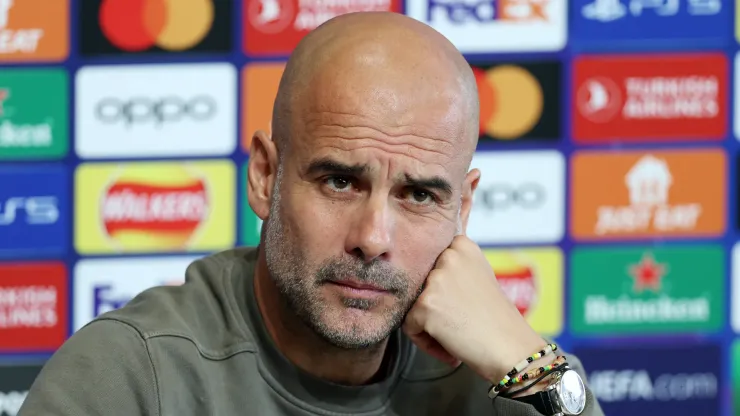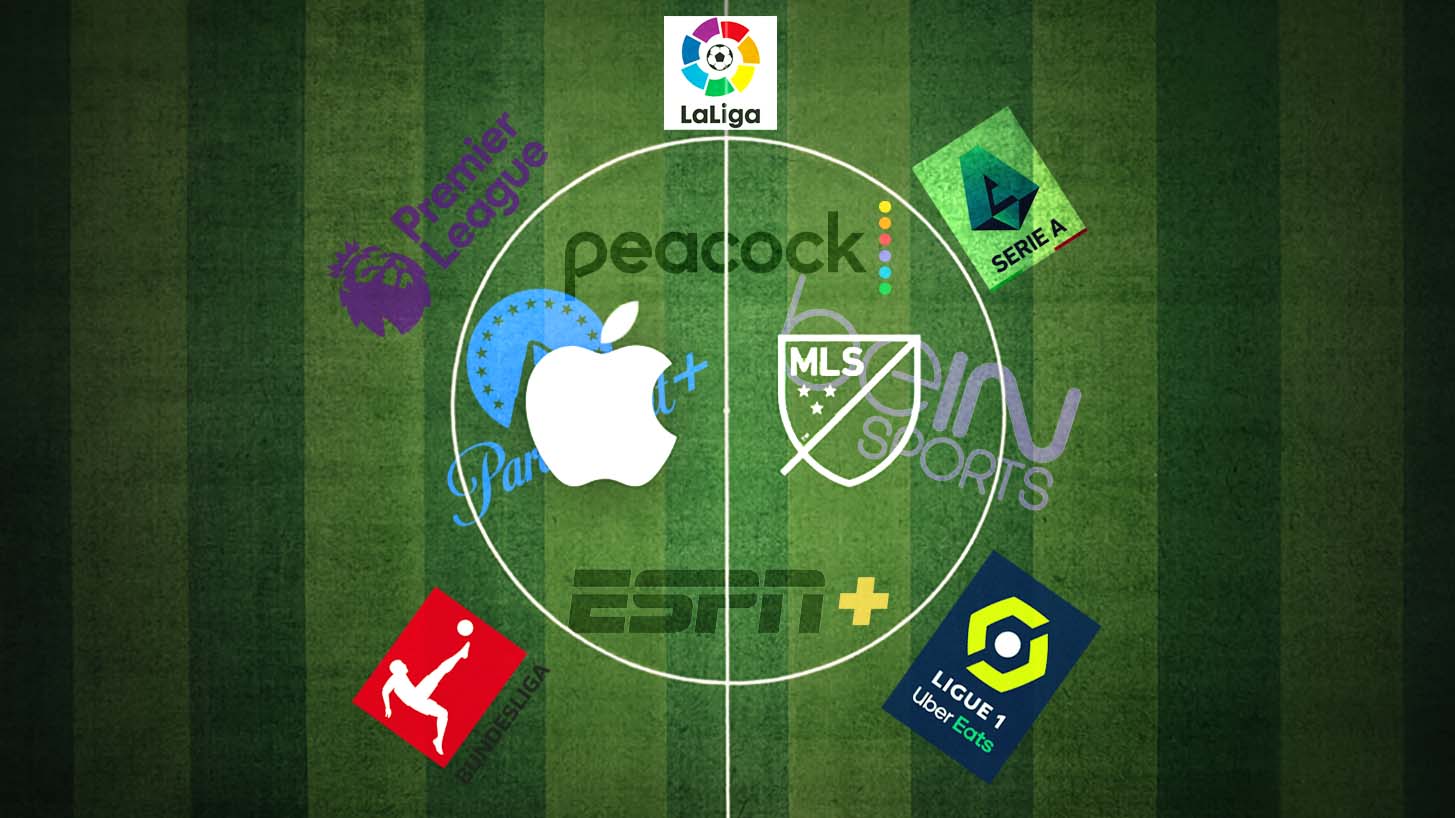In July 2025, the FIFA Club World Cup is coming to the United States. What was supposed to mark a new era for club soccer competition on a global level has instead seen major teams hesitant about the idea and, worse yet, a lack of television interest in the revamped tournament.
FIFA had a vision to methodically build up anticipation leading up to the 2026 FIFA World Cup in the United States, Mexico, and Canada. It all began this year with the 2024 Copa America hosted in the United States, then would continue with the expanded 2025 FIFA Club World Cup, also in the U.S., before culminating with the crown jewel: The first-ever tri-nation World Cup in 2026.
Things haven’t gone exactly to plan so far, however. A handful of fan incidents and general lack of preparedness marred the Copa America, which featured a triumph from Lionel Messi’s Argentina. Making matters worse was the quick group stage elimination of the U.S. men’s national team, which represented the first time a Copa America host nation failed to make it to the knockout rounds.
However, despite the sour taste left by a tumultuous tournament, the general sentiment is that the Copa America was CONMEBOL’s to run, while the next two tournaments will be under FIFA’s jurisdiction.
31/32 👀#TakeItToTheWorld | #FIFACWC pic.twitter.com/Wv8ve1eTuJ
— FIFA Club World Cup (@FIFACWC) October 20, 2024
Indeed, on paper, the Club World Cup is set to be unique. Expanding on the previous seven-team, 10-day long format, 2025 will be closer to the international World Cup, with 32 participating teams competing over a month. The tournament will also occur once ever four years instead of annually.
The 2025 Club World Cup will see European powerhouses like Real Madrid, Chelsea, Manchester City, PSG, Bayern Munich, and Juventus, as well as legendary South American clubs such as River Plate, Boca Juniors, Palmeiras, and Flamengo. Additionally, Mexican teams like Monterrey and Pachuca will be represented.
The Seattle Sounders will represent Major League Soccer after winning the 2023 CONCACAF Champions Cup, along with wildcard entries from Asia, including Al-Hilal —who currently roster Neymar — and Al Ain.
Among the 32 teams is also Inter Miami, featuring Messi, Luis Suarez, and Jordi Alba— star power that FIFA hopes will drive interest in a tournament that historically has been overlooked by both participants and fans alike.
However, numerous reports have stated that broadcast rights negotiations have stalled, with major networks hesitant to meet FIFA’s gaudy price tag. According to World Soccer Talk, FIFA aimed for $4 billion in television revenue, but broadcasters have hesitated at the proposed amount. The discussions stalled due to a “lack of concrete details about venues and scheduling.”
In September, FIFA president Gianni Infantino called an emergency meeting with various TV executives from around the globe to try and generate interest around the tournament, but a deal has still yet to be made.
This is just one worrying element from FIFA’s perspective regarding the tournament.
A Possible Players’ Strike

From a player’s perspective, many have publicly voiced concerns about playing a club competition like the Club World Cup in the summer, less than a month after the grueling European soccer season ends. They argue that this schedule is detrimental to player health.
Recent Ballon d’Or winner Rodri stated in a press conference before a UEFA Champions League game that players could strike: “I think we are close to that (a strike),” he said. “This year we could go to 70, maybe 80, depending on how far you go in the competitions. In my humble opinion, it’s just too much.”
Rodri suffered a season-ending knee injury weeks after he made those comments.
His manager at Manchester City Pep Guardiola also made comments about the schedule congestion that a Club World Cup would bring, comparing the club football calendar to that of the NBA, which features an 82-game season.
“70 games is like the NBA, but they have four months of vacation, and we have three weeks,” Guardiola said. “When that happens, you have injuries for a long time.”
Who in the Broadcast World Will Step Up?

Currently, the FIFA Club World Cup does not have any major broadcaster for the competition. Despite the emergency meeting, FIFA has yet to announce a broadcast partner in the United States.
The closest the tournament came was a deal with Apple TV, which has since stalled. Many believe that inviting Messi’s Inter Miami was a way to build interest in the competition, which raises concerns for the sport — especially since even with the best clubs in Europe participating, FIFA still seems reliant on a 37-year-old Messi, who is nearing the end of his career.
It was long reported that Inter Miami would qualify as the “host country” club, but when Tata Martino’s side won the MLS Supporters’ Shield and set a single-season points record, that was all Infantino needed to formally invite the team to the competition.
Nearly a week after this announcement, the Club World Cup remains at a stalemate regarding broadcasters.
Fan Perception
With players, teams, and broadcasters on the same page about the tournament’s purpose, fans view the Club World Cup as just another money grab.
With a new UEFA Champions League format, the Argentine league abolishing promotion and relegation, and an expanded World Cup on the horizon, fans feel that the game they have grown to love has changed too much over the past five years.
Fans, like the players, have growing concerns about the congested schedule, feeling that too much is happening simultaneously for them to stay invested throughout the season.
The Club World Cup should, on paper, be a mega event; however, it currently appears to be suffering from an oversaturated schedule and market for soccer. Many fans find it feels forced and “plastic,” and without their support, the Club World Cup could fall flat.
With only seven months until the tournament kicks off, FIFA has a lot of work to do to engage interest from players, clubs, coaches, and broadcasters alike.








